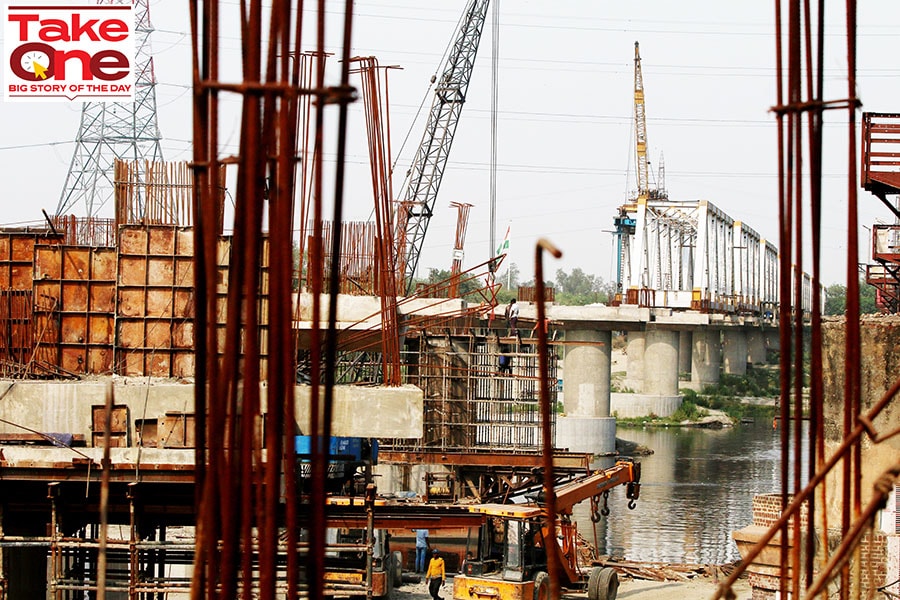
Unfair to judge private capex because it's still at very early stages of recovery: Morgan Stanley
Here's why Morgan Stanley's chief India economist, Upasana Chachra, believes domestic growth is on track despite risks of extreme weather conditions and global headwinds
 A key factor for us and our framework is that we expect the investment rate to pick up, driven both by public and private, and of course, as we go forward, more by private sector investments.
Image: Salman Ali/Hindustan Times via Getty Images
A key factor for us and our framework is that we expect the investment rate to pick up, driven both by public and private, and of course, as we go forward, more by private sector investments.
Image: Salman Ali/Hindustan Times via Getty Images
The recently concluded G20 New Delhi Summit put the spotlight on India as Asia’s growth engine. The world’s fastest growing major economy aims to become the third largest global economy by FY28. The world’s most populous country is seen as a vibrant and booming consumer market. But what are the speed bumps? In a wide-ranging conversation, Upasana Chachra, chief India economist, Morgan Stanley says, “Private capex is where the big concern or the scepticism always lies because private capex has languished in the last many years in the country.” But Chachra believes the private capex cycle has turned and expects it to strengthen in the coming quarters.
Edited excerpts:
Q. What do you make of the June GDP numbers and do you expect growth to taper in the coming quarters?
Yes, but I wouldn’t contextualise that as a slowdown because the q-o-q growth momentum would be stronger in the second half [as per our estimates]. The base-effect related issues are still lingering. We generally do see the first half being sequentially a bit weaker. In the second half momentum picks up. The December quarter has a lot of festivals, wedding season, and activity tends to pick up. The last quarter also tends to have more activity in terms of credit growth and exports. If you look at GDP and other high frequency data points, you would get the picture that the economy is on the right path.
Of course, this is still an early stage of the recovery after the pandemic. Therefore, I think there will be some bumps. Some aspects of consumer demand have lagged. But I think that is a part and parcel of the early stages of the economic recovery. As this growth recovery gets more entrenched, we will see more broad-based improvement in the numbers across consumption and capex. That's what finally happens when you get a virtuous cycle of growth. So, we think that growth is on track to remain above 6 percent in y-o-y terms for both FY24 (6.4 percent) and FY25 (6.5 percent).








